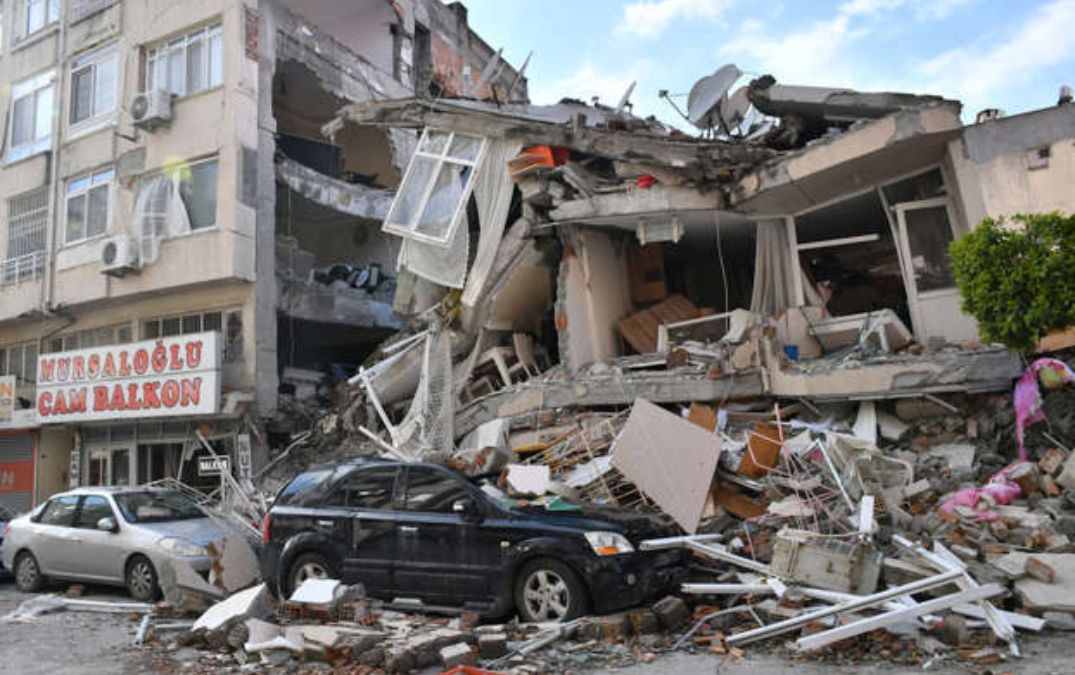When Americans think of earthquakes, California’s San Andreas Fault usually steals the spotlight. Yet, far from the West Coast, a significant seismic risk quietly simmers beneath the heartland—the New Madrid Fault Line. Though lesser known, this zone carries immense destructive potential and has the capability to shake the central United States to its core. Lying dormant for centuries, this hidden giant reminds us that seismic threats aren’t limited to the edges of the continent.
Tracing the Past: The New Madrid Fault’s Legacy
Stretching through parts of Missouri, Arkansas, Tennessee, Kentucky, and Illinois, the New Madrid Seismic Zone holds a dramatic legacy. Between 1811 and 1812, this area experienced a staggering series of earthquakes so powerful they caused the Mississippi River to reverse its flow temporarily. These historic quakes reshaped the terrain and etched their mark on U.S. geological history. Today, they remain a chilling testament to the sleeping giant lurking beneath America’s midsection.
What Fuels the Fault: Earthquake Science Explained
To grasp the threat posed by the New Madrid Fault, it’s essential to understand how earthquakes occur. Unlike most seismic zones found along tectonic plate boundaries, the New Madrid Fault is an intraplate fault, located in the interior of a tectonic plate. Stress builds up in this region due to faraway geological forces and is eventually released in seismic bursts. This atypical setup makes the New Madrid Fault an unpredictable and unique player in North America’s earthquake landscape.
Potential Fallout: What’s at Stake?
If a major earthquake were to strike the New Madrid region today, the devastation could be immense. Unlike earthquake-prone areas like California, central U.S. cities and towns are generally less prepared—with older infrastructure and fewer seismic building regulations. A strong quake here could affect millions, causing building collapses, major utility disruptions, and long-term economic ripple effects that reach well beyond the epicenter.
Shaky Ground: Regional Geology and Risk Amplification
The geography of the New Madrid zone only adds to the danger. It’s located within the Mississippi Embayment, a trough filled with soft sediment that amplifies seismic waves. As a result, shaking from even moderate quakes can be intensified and felt across vast distances. The flat terrain and soil makeup also allow tremors to travel farther, potentially impacting a larger swath of the country than a similar quake on the West Coast would.
Learning from the Past, Preparing for the Future
Though over 200 years have passed since the historic quakes of 1811–1812, the lessons they offer are still incredibly relevant. Scientists, emergency managers, and city planners continue to study this zone, updating building codes, increasing public education, and conducting preparedness drills. These efforts aim to reduce damage and loss of life should the fault awaken once again.
Tech to the Rescue: Monitoring the Fault
Thanks to modern technology, we now have tools to keep a close eye on the New Madrid Seismic Zone. A network of seismometers and ground sensors detect even the faintest rumblings beneath the surface. Researchers use this data to better understand the fault’s activity and develop early warning systems that could provide life-saving seconds in the event of a major quake. As tech continues to evolve, so too does our ability to monitor and respond.
The Power of People: Public Awareness and Education
Preparing for an earthquake isn’t just the job of scientists—community engagement is vital. Schools, businesses, and local governments all have a role to play in teaching people how to stay safe when the ground starts shaking. Regular drills and public information campaigns can make a real difference, empowering residents to act swiftly and confidently during an emergency.
The Natural World at Risk
Beyond human impact, a major earthquake could also wreak havoc on the environment. From triggering landslides and floods to altering wildlife habitats and river systems, the aftereffects could be devastating. The Mississippi River, a key waterway for commerce and transportation, is particularly vulnerable. Considering the broader ecological implications is essential for creating robust, sustainable emergency response plans.
What Lies Ahead: Research and Readiness
As the central U.S. continues to grow, so too does the urgency to better understand the New Madrid Fault Line. While advancements are being made, there are still challenges—especially in terms of funding and implementation. Balancing development with disaster preparedness will be critical in the coming years. Staying ahead of the curve requires continued investment in science, infrastructure, and public policy.
Stay Ready: A Final Word on Preparedness
In the end, the New Madrid Fault Line isn’t just a piece of geological trivia—it’s a real and present danger. While we can’t predict the next big quake, we can control how well we prepare for it. Investing in research, supporting public education, and fostering a culture of readiness will go a long way in protecting lives, property, and ecosystems. The fault line may be silent now, but history tells us it won’t stay quiet forever. The time to act is before the shaking starts.











